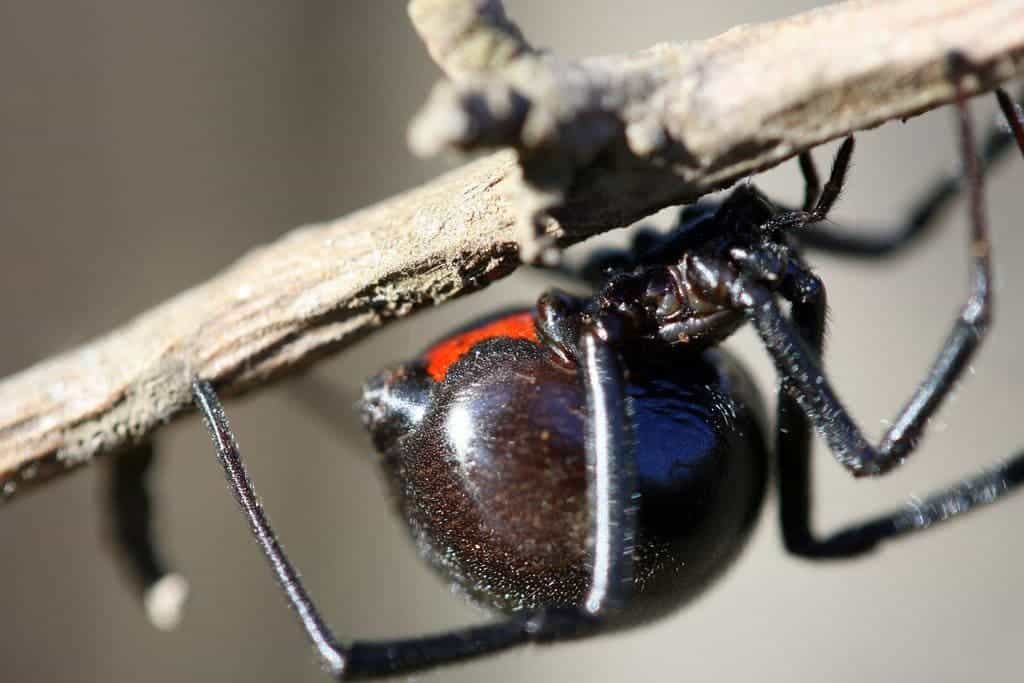A new paper from the Vanderbilt University in Nashville found that one virus, named WO, has hijacked venom-coding genes from the black widow spiders. They suspect the virus uses these genes to overcome cellular defenses in their search for bacterial prey.

Image credits peasap / Flickr.
It’s not unusual for viruses to steal genes from the organisms they infect. What is surprising, however, is finding bacterial virus — a bacteriophage — exhibiting genes from anything other than bacteria, since it doesn’t infect anything else. However, when Sarah and Seth Bordenstein, microbiologists at Vanderbilt University in Nashville, Tennessee, sequenced the genome of the WO virus, they found exactly this.
The duo was studying eukaryotic viruses (which infect larger cells with a nucleus), who often conscript genes from their hosts to help in overcoming their powerful immune systems. WO, while being a bacteriophage, faces a pretty unusual challenge. It targets the Wolbachia bacteria living in the cells of insects, spiders, and some other animals — so it has to be able to deal with these cells’ far more powerful defenses. So the Bordensteins wanted to see if it would also steal genes to help it survive.
They found several genes closely related to some found in eukaryotes, including one which codes latrotoxin, the venom used by black widow spiders. This substance destroys cell membranes, causing their contents to spill out — and, for a virus that needs to get in and out of cells quickly, having a gene that pokes holes in their walls sure comes in handy. The other eukaryote information found in WO’s genome most likely helps it in evading detection by the immune system.

Image credits Michelle Marshall and Seth Bordenstein.
And the sheer quantity of eukaryote information they found in the virus genome was stunning. This is the first virus we’ve seen stealing genes from more complex cells, and almost half of its genome is made up of stolen genes. WO probably picks up the eukaryote DNA after breaking out of a Wolbachia cell into the animal cell.
“For a phage to devote about half its genome to these eukaryotic-like genes, they must be important to the phage function,” says Sarah Bordenstein.
This find shows the evolutionary adaptability of phages says Ry Young, who is the director of the Center for Phage Technology at Texas A&M University, College Station. When taken together, their rapid life cycle, high mutation rate, and sheer numbers mean that any possible adaptation will occur relatively quickly.
“Phages are the most advanced form of life on Earth,” he says, only partly joking. “They’ve evolved more than we have.”
The full paper “Eukaryotic association module in phage WO genomes from Wolbachia” has been published in the journal Nature Communications.





